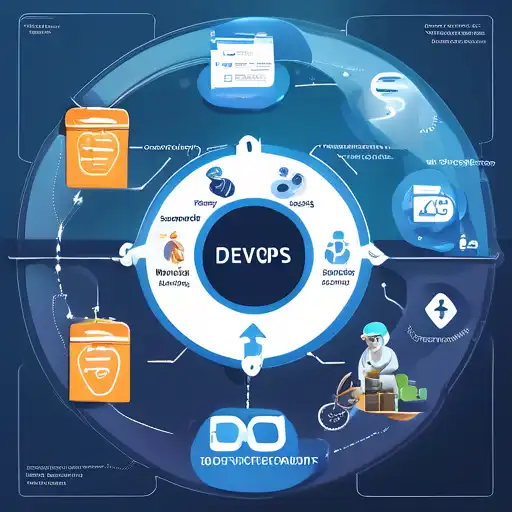Introduction to DevOps in Software Development
DevOps has revolutionized the way software is developed, deployed, and maintained. By bridging the gap between development and operations teams, DevOps practices ensure a smoother, faster, and more efficient software development lifecycle (SDLC). This article explores the pivotal role of DevOps in enhancing the SDLC, focusing on its benefits, methodologies, and best practices.
The Core Benefits of DevOps
DevOps brings numerous advantages to the table, including but not limited to:
- Improved Collaboration: DevOps fosters a culture of collaboration between developers and operations teams, breaking down silos and enhancing productivity.
- Faster Time to Market: With continuous integration and continuous deployment (CI/CD), DevOps enables quicker releases, giving businesses a competitive edge.
- Higher Quality Products: Automated testing and monitoring ensure that the software is reliable and meets quality standards.
- Increased Efficiency: Automation of repetitive tasks reduces manual errors and frees up time for innovation.
Key DevOps Methodologies
To fully leverage DevOps in the SDLC, certain methodologies are essential:
- Continuous Integration and Continuous Deployment (CI/CD): These practices allow for the automatic testing and deployment of code changes, facilitating frequent and reliable releases.
- Infrastructure as Code (IaC): IaC enables the management of infrastructure through code, improving consistency and reducing setup time.
- Microservices Architecture: This approach breaks down applications into smaller, independent services, making them easier to develop, deploy, and scale.
- Monitoring and Logging: Continuous monitoring and logging help in identifying and resolving issues promptly, ensuring system reliability.
Implementing DevOps Best Practices
Adopting DevOps requires a strategic approach. Here are some best practices to consider:
- Start Small: Begin with small, manageable projects to understand the DevOps workflow before scaling up.
- Focus on Culture: A successful DevOps implementation hinges on a culture of collaboration, transparency, and continuous learning.
- Embrace Automation: Automate as much as possible, from testing to deployment, to minimize errors and save time.
- Measure and Improve: Use metrics and feedback to assess performance and identify areas for improvement.
Conclusion
DevOps is not just a set of tools or practices; it's a culture that transforms the software development lifecycle. By embracing DevOps, organizations can achieve faster delivery, higher quality, and greater efficiency. As the digital landscape evolves, DevOps will continue to play a critical role in shaping the future of software development.
For more insights into optimizing your development processes, explore our articles on continuous integration and agile methodology.
